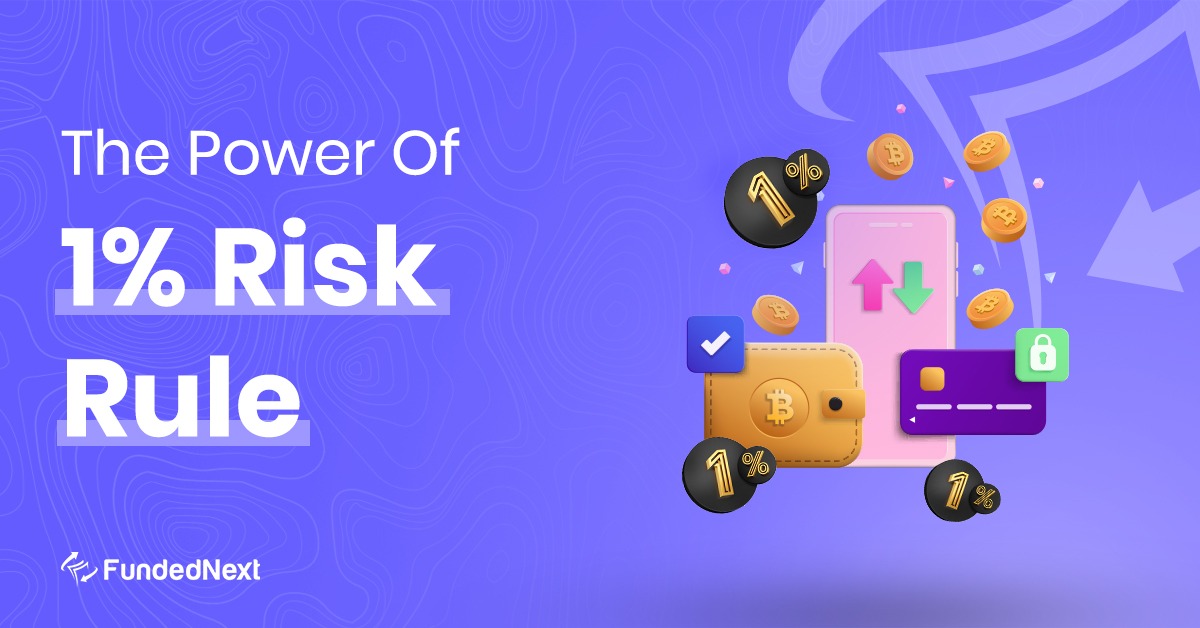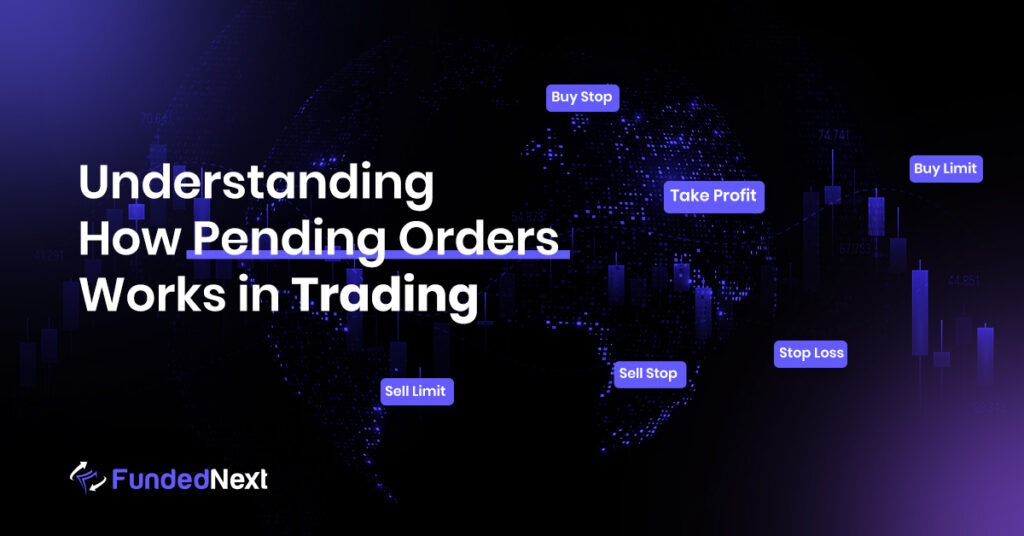Risk management is the most crucial part of a trader’s trading journey to either earn a good profit or fall into a deep loss. Among the many, the “1% Risk Rule” is a very popular and legit risk management method to secure traders’ accounts. For the Day-traders, maintaining this rule will be highly beneficial to protect capital from unexpected losses.
Key Takeaways:
1. The 1% risk rule helps traders to secure the capital per trade,
2. It means to risk 1% of the total investment per trade,
3. The profit target on these trades should be at least 1.5% or 2%,
4. Minimizes the losing percentages,
5. Winning trades can easily recover the losses.
What is the 1% Risk Rule?
This means, you will not risk more than 1% of your account value on a single trade. This way, you are never going to lose more than the minimum of 1% of your investment.
In trading, there will always be losses, and it is inevitable. If you risk 50% of your account and lose it in one trade, you need to risk 100% in the next trade to get back to the position where you were before the losses. If you risk 1%, and lose 10 consecutive trades, which means 10% of your account, you need to risk 11% in one trade gain to break even. However, losing 10 trades consecutively practically never happens. If it does, that means you are doing something really wrong and you should immediately stop trading.
What are the Kinds of 1% Risk Rules?
There are many kinds according to your trading strategies, but two of them are more applied.
1. In the case of forex, you can invest as much money as you wish, but you must set your stop loss in a position where you will not lose 1% of your account.
2. You can risk 1% of your capital on a single trade, in the case of stock trading
What does the 1% Risk Rule Look like?
Before doing anything, you must know three things about the position that you want to take,
1. You must exactly know at what price you want to buy the asset , in other words, to enter a trade.
2. You must know exactly at what price you want to sell the asset with a profit. In other words, if the market goes the way you expected, how much profit do you want to take
3. You must know exactly at what price you want to sell the asset with a loss, which means if the market goes the way you didn’t expect, how much loss you are ready to accept.
Scenario: You have a $10,000 account. The GBPUSD is at 1.16300 and you want to take a sell trade.
Let’s assume, you want to take the trade from 1.16400 and want to maintain a risk-to-reward ratio of 1:3.
Therefore, your Stop Loss is at 1.16500 & Take Profit is at 1.16100. If you take a 1% risk (100$) against a 10 pip SL, the lot size has to be 1.00.
Here, according to the SL size, the lot size will differ to maintain the 1% risk.
So, even if you lose the trade, you’re losing only 1% of your capital, and if you win, you’re gaining 3 times your risk. Thus, your capital is safe and it would only take 3 out of 10 trades to remain profitable.
Risking 1% allows you to minimize the possibility of losing your trading account. If you have some bad trading days, risking only 1% will not mean losing a lot of your capital because the winning trades will quickly recover the losses. The 1% risk rule is the safest way to secure your capital by minimizing the losing amount. However, before adhering to any of the trading strategies, it is best to practice and master them in the Demo Account.






2 Responses
This is very informative. I actually maintain that
Thanks